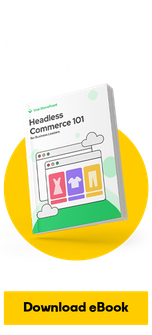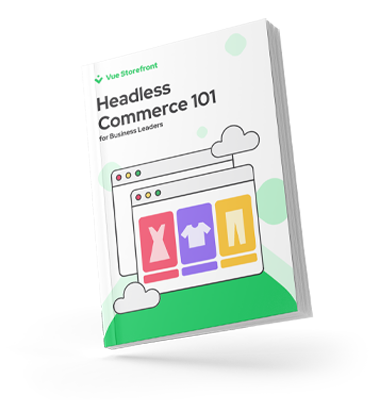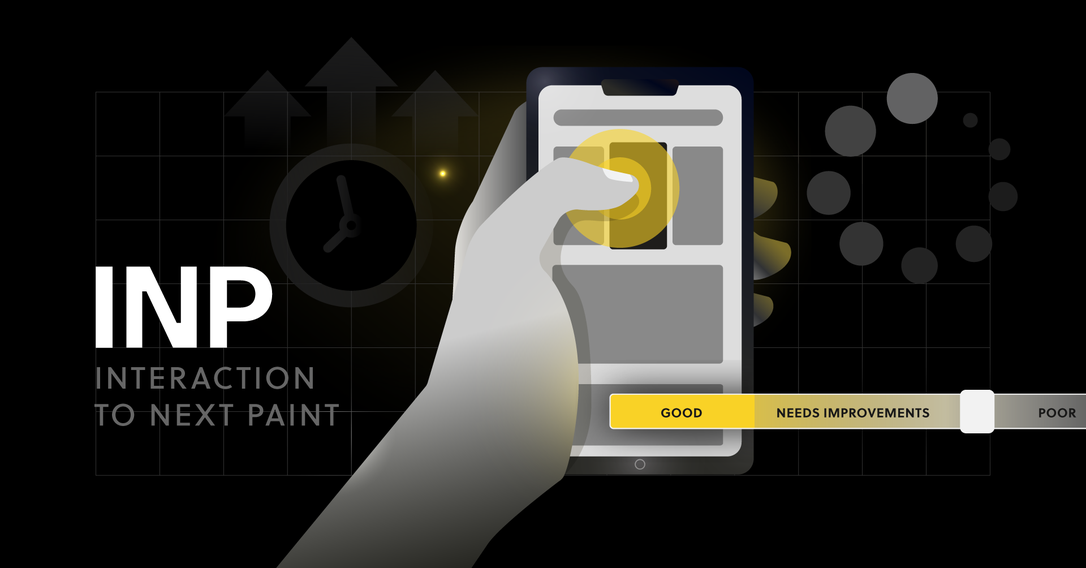7 min
August 28, 2025
Storyblok vs Strapi — Headless CMS Comparison
When your business is fighting for customers, an efficient and flexible platform is essential. The question is: does your content management system keep up with the pace at which your brand is growing? The time has come to abandon rigid, traditional solutions and opt for Headless Commerce, an architecture that separates the visual layer from the backend, giving you complete freedom to deliver content to any channel.
The decision to choose the right Headless CMS is a crucial step that will define the future of your project, so it's worth making sure what your business truly needs. It's also worth remembering that the market is dominated by two different approaches: ready-to-use, subscription-based SaaS (Software as a Service) solutions and flexible, open-source systems.
In this article, two prominent representatives of these trends will face off: Storyblok and Strapi. We'll look at their key advantages and disadvantages, compare their business models, flexibility, and user experience to help you make an informed decision that best suits the specifics of your business.
Listen to the audio version of this article.
Storyblok is a Headless CMS operating on a SaaS (Software as a Service) model, which means it’s ready-to-use, cloud-based software. Its default configuration is set up to help you quickly build a complete website. You also don't have to worry about hosting, server maintenance, or updates for the CMS itself. The entire infrastructure is on the provider's side, and you pay for the service with a monthly or annual subscription. However, it's important to remember that you still need your own hosting for visualizing the data on a separate front end.
Its biggest advantage is that it offers an SDK that, combined with its Visual Editor, allows for very easy data handling. It's important to remember a key technical fact: Storyblok, like any Headless CMS, does not deliver a ready-made website. Your job is to fetch the data and then arrange and visualize it on a separate front end. It's during this process that a developer creates "blocks" that you can then arrange freely in Storyblok. The SDK maps these blocks to components on the page, giving you a convenient interface for structuring content and building the website. Only after this initial work is done, the Visual Editor becomes active and allows editors to easily manage content in real-time, seeing exactly how it looks on the finished page.
Other Key Advantages of Storyblok:
Maintenance-Free
You don't have to worry about the security, performance, or system updates—everything is in the provider's hands.
Scalability
The growing needs of your business, such as increased traffic or additional content channels, can be easily handled by upgrading to a higher subscription plan.
Convenient Visual Editor
After implementing the "blocks" to build the page step-by-step, a kind of "live feed" allows you to see changes in real-time. This significantly simplifies work for developers as well as less technically advanced users.
Ease of Integration
Thanks to a well-documented API, Storyblok seamlessly connects with other tools and services in your e-commerce ecosystem.
>> Here's where you can read about migrating from Wordpress to Storyblok <<
Despite these advantages, the SaaS model also has its drawbacks. In exchange for convenience, you have to account for subscription and development costs that will grow as your business expands. Additionally, you have less control over the platform's source code, which can be a limitation for very custom requirements.
Strapi: Versatiity above all else
Strapi is a Headless CMS operating on an Open Source model, giving developers complete control over the platform. Unlike Storyblok, Strapi is not focused by default on building a website, but rather on flexible data management and creating an API to support any application. This means its source code is publicly available, and you can download, modify, and host it on your own server without paying a license fee.
Any developer can easily customize its functionality. However, it's worth remembering that both Strapi and Storyblok require a front-end developer to fetch data from the Headless CMS and visualize it in the user interface. The difference is that with Strapi, you also need to account for a DevOps or back-end developer to handle the configuration and any custom modifications. But there is a silver lining, because this gives you complete freedom to adapt Strapi to your project's unique needs. It's a technology that allows you to build any application tailored to your requirements.
Key Advantages of Strapi:
Full control and flexibility
You have access to the source code, which allows you to create any custom functionalities and integrations.
No subscription fees
You pay for what you actually use—hosting and developer work. This can be more cost-effective for very large and specific projects.
Built-in authorization system
Strapi comes with a default authorization system, which allows for easy implementation of features like registration, login, and user management.
Hosting choice
You can host Strapi on any cloud (e.g., AWS, Google Cloud) or on your own server, which gives you complete control over the infrastructure.
On the other hand, the open-source model requires more commitment from you and your team. Unlike Storyblok, you are responsible for maintaining the infrastructure, regular updates, and ensuring system security, which involves greater technical resources at the start and throughout the project. Additionally, unlike Storyblok, Strapi does not offer a built-in visual content editor, which can make it more difficult for non-technical people to work with.
Below you'll find a comparison in a neat table format.
| Aspect | Storyblok (SaaS) | Strapi (Open Source) |
|---|---|---|
| Main Role | Ready-to-use tool for building websites. | Flexible API for data management. |
| Model | SaaS (cloud service) | Open Source (free code) |
| Control & Flexibility | Limited. Restricted to API access. No access to the core code. | Full control. Access to source code, possibility of custom modifications. |
| Deployment | Fast. Only front-end work is required (data fetching and visualization). | More complex. Requires front-end developer, DevOps, and back-end work. |
| Maintenance | Provider is responsible for hosting, security, and updates. | Full responsibility lies with the user. |
| User Experience | Friendly for non-technical users. Visual Editor for content creation on the site. | More technical. No visual editor by default. Live Preview option available in paid version. |
| Costs | Transparent, subscription-based. | Hidden (hosting, maintenance, developer work). |
Storyblok vs. Strapi — Which CMS to Choose?
The decision between Storyblok and Strapi comes down to a strategic choice that should be dictated by your business's specific needs, not just a passing trend. Both tools represent the future of e-commerce and are excellent choices, but for different purposes and reasons.
Choose Storyblok if...
Your priority is speed and intuitiveness in building websites. Storyblok is the ideal solution for companies that want to launch a project quickly and with minimal technical involvement. Its SaaS model allows your team to focus on content creation and business growth. It's an excellent choice for companies with smaller development teams or those that want to give more independence to their marketing teams.
Choose Strapi when...
Your goal is maximum control and flexibility. Strapi is a tool for companies with their own experienced development team that values the ability to fully customize every aspect of the platform and create unique, custom functionalities. While initial implementation and ongoing maintenance costs may be higher, in the long run it can prove to be more cost-effective for large and custom projects that require complete autonomy.
Remember that the final choice should be dictated by your resources, budget, and long-term goals. Both solutions are powerful tools in the Headless Commerce arsenal, and the key to success is choosing the one that best supports your unique strategy.
Do you have an idea for an innovative online store and are looking for a platform that will free your business from technological limitations? Regardless of whether you choose the flexibility of Strapi or the simplicity of Storyblok, at Beecommerce, we can help you select the ideal solutions and build an efficient, future-proof e-commerce architecture.
Contact us to discuss your project and find out how we can help you.





